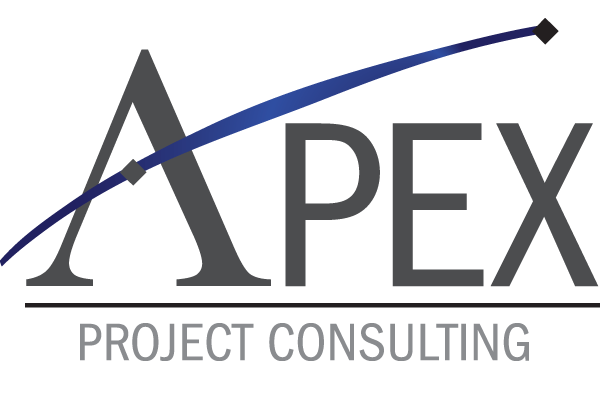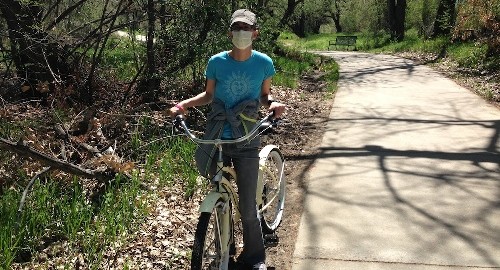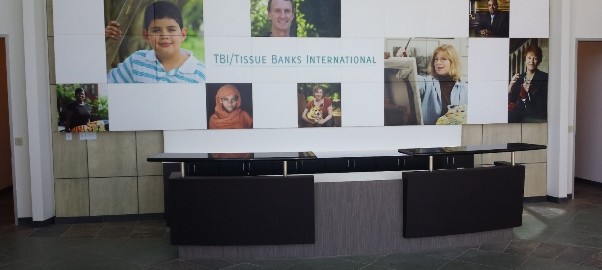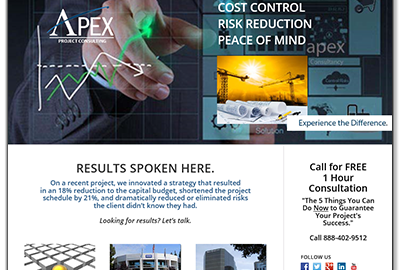The Cure for Blood Cancer is in the Hands of Ordinary People – Like You and Me.
I’ve signed up to participate in By The Mile for Be The Match® to raise funds to help match volunteer marrow donors with patients who have blood cancers, like leukemia or lymphoma – like Amy here. I need your help.
Amy’s Story
“I’m Amy, and I’m writing today to invite you to support Be The Match® in an exciting way this summer—by participating in By The Mile for Be The Match!
You see, Be The Match helped me find a marrow donor last year, giving me a second chance at life—a chance to watch my daughter grow up. A month after my transplant, when I transitioned to outpatient status, my husband, Jeff, surprised me with a beach cruiser bike! Cycling has always been a big part of our family. Jeff is an avid mountain biker—he even proposed on a bike ride! So of course, after riding the stationary bike at the hospital, the gift was such a happy surprise.
Maybe you were wondering what the woman in the mask was doing on a bike… Well, during my recovery, I lived in an apartment near the hospital and often rode the Cherry Creek Bike Trail in Denver, Colorado. I may have looked a little strange riding my bike while wearing a mask and carrying an infusion ball full of magnesium, but feeling the breeze on my face and biking to a bookstore or coffee shop—it gave meaning to my day and helped me slowly build my strength.
I’ll be hitting the trails this summer to encourage my friends and family to help me raise money through By The Mile for Be The Match, and I’d love for you to join me.
Your support will help Be The Match save even more lives! Thanks for your help.”
What You Can Do Now
Most patients needing a marrow transplant need to turn to the Be The Match Registry® to find an unrelated donor. But, Be The Match doesn’t stop there. The organization also helps cover uninsured costs for patients like co-pays or transportation to and from the hospital, and they fund research projects to improve transplant success.
This summer I am pledging to ride for patients in need. With your help, I’ll do a world of good with every mile I ride.
By The Mile celebrates the 100-day-post-transplant milestone that is the most critical for marrow transplant patients. Once they cross the 100-day threshold, their chances of a healthy recovery increase dramatically.
Thanks to your generous help, we’ll be able to continue adding new potential matches to the marrow registry, researching breakthroughs in the science of transplant, and improving care and services for post-transplant patients. With your gift, we can make more 100-day milestones possible for more patients.
My goal is to raise $1,000. Can I count on your support?
I invite you to contribute to my efforts by clicking “Click here to visit my personal page” and making a donation of whatever amount you can. Your donation will help patients who rely on Be The Match for a second chance at life.
Give today!
I’m grateful to have people like you in my life who care about making a difference. Please give today by clicking the link below to help patients find their match!
Thanks in advance for your support!
Be The Match® is a global leader in bone marrow transplantation. Be The Match® conducts research to improve transplant outcomes provide support and resources for patients, and partner with a global network. Learn more.









